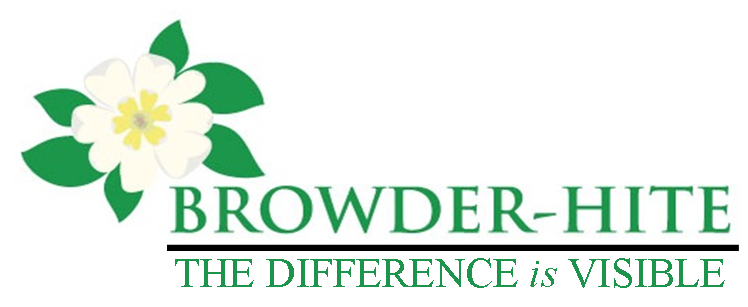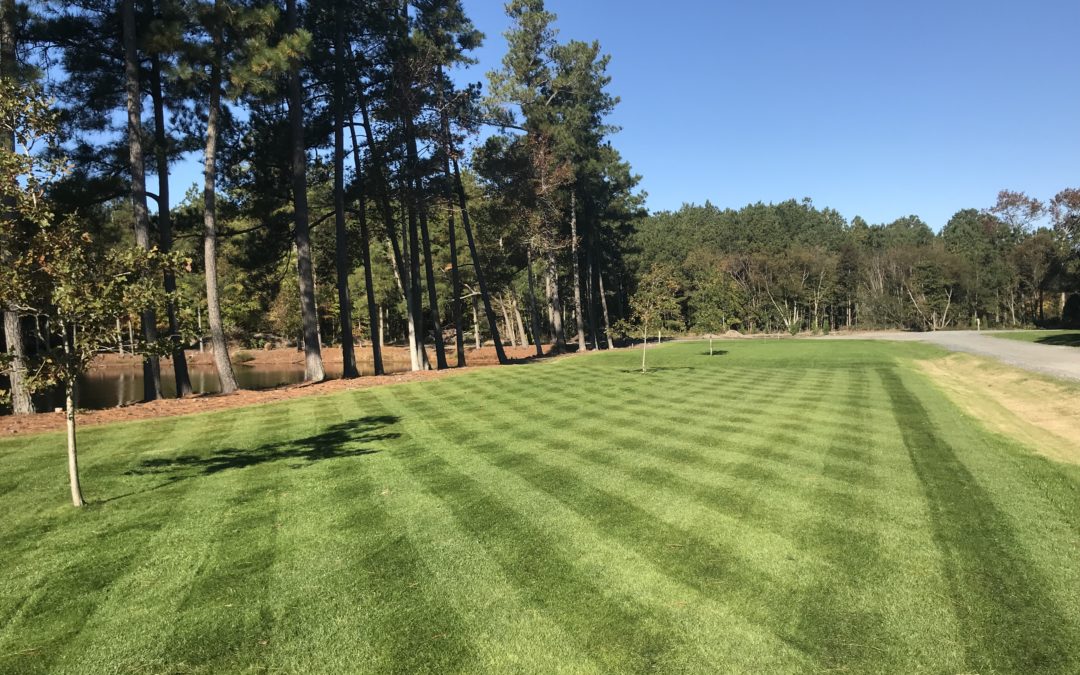Lawn aeration is often misunderstood and incorrectly executed. When performed properly, the process can be vital to a lawn’s overall vitality and soil composition. What is lawn aeration? Simply, it’s the process of making small holes in the lawn soil. These holes allow water, nutrients, oxygen to easily be absorbed and become quickly available to turfgrass roots. Additionally, aeration breaks up compacted soil, allowing for the successful addition of top dressing materials like compost or sand. Finally, aeration is a key component to the re-seeding process in the fall months. Generally speaking, grasses such as tall fescue, ryegrass and bluegrass are best aerated in the fall and warm season grasses such as bermuda, zoysia and centipede are best aerated in the summer. St Augustine grass does not require aeration.
Types of Aeration
There are correct and incorrect
methods of aeration. The most beneficial type of aeration is core-style. This process uses either walk behind and tow behind units to pull small 2-4” plugs (cores) of soil up to the surface where they are deposited onto the lawn. After drying the cores quickly break down and are no longer visible. If aerating a smaller area, a walk behind unit is best. Easily rented at local hardware or rental yards, these machines make quick work of aeration. The downside to these machines is their weight and considerable physical requirements to manage the unit around. Tow behind units use a small platform where you can place cinderblocks across the top for added weight. The platform is towed behind a lawn tractor or golf cart. The only inherent downsides to this style of core aerator is the fact you need another machine to tow and mobility is limited vs a walk behind unit.
Disc or “star” tow behind units use Chinese star looking blades to cut holes in the lawn. Spike or tine aerators use sold steel rods to poke the ground. None of these styles offer the benefits or quality of core aerators and should be avoided.
When aerating, it’s helpful to wait for a moderate rain to soften the soil. If you have irrigation, run the system for some time to allow the soil to become moist. This allows for maximum penetration of the tines. Following aeration is an excellent time to re-seed the lawn. Bluegrass, tall fescue and ryegrass can all be seeded with excellent results after core aeration. Bermuda, Zoysia and Centipede seeds do not benefit from core aeration and will most likely rot if dropped into aeration holes. Additionally, these types of grasses are best seeded in the summer months without the use of aeration.
Lawn aeration is an important tool when caring for your lawn. It aids in bringing nutrients, oxygen and moisture directly to the roots of your lawn, where it’s needed. It relieves compaction and is essential when spreading compost or sand across the lawn. It is one of the easiest and most efficient methods of caring for a healthy lawn and should be practiced yearly for best results. If you’re looking for lawn aeration experts,
contact Browder-Hite today!

